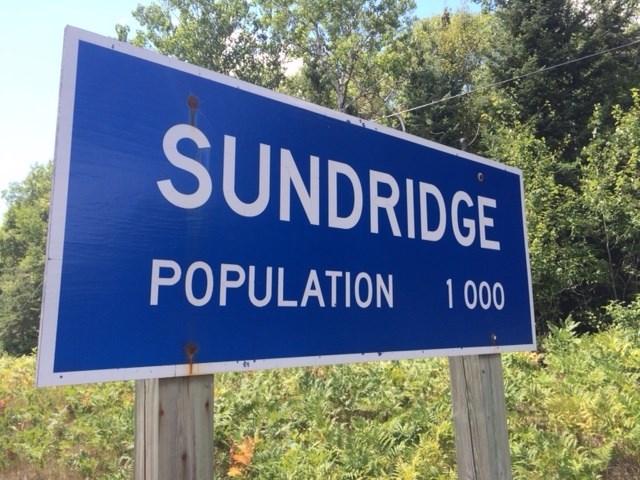Sundridge council wants to reflect current times and substantially increase the wages of its municipal employees due to rising inflation.
But after examining a staff draft report calling for across the board increases of 10 or 20 per cent in one year, council asked staff to develop a new proposal based on the current cost of living.
The report is to further include information on what wages look like when a further one per cent is added to the cost of living allowance (COLA) adjusted wage and how two per cent added to the COLA affects the final wage amount.
Staff is to also try to find $50,000 in efficiencies, and use those savings to help offset the proposed increases.
Coun. Steve Hicks rejected the across-the-board increase in the draft report.
Hicks said he “absolutely believes in (the) staff and we are fortunate to have them.”
But the hurdle for him was the huge amount of money involved when increasing wages by 10 or 20 per cent in one move.
In putting together the first report, staff included information on the impact wage increases of those sizes would have on local taxes.
Staff noted a 10 per cent wage hike would increase the municipal levy by 3.95 per cent. It jumps to 7.89 per cent if wages go up by 20 per cent in one year.
Working with staff's municipal levy increases, Hicks said a 20 per cent wage jump meant Sundridge taxpayers would see an additional $150,000 in expenses added to the budget.
“That would be shared by about 500 households and works out to just under $300 a household,” Hicks said.
“That's a hard sell for me right now. I absolutely believe our staff are worth that 20 per cent increase. But that additional $150,000 is a lot. I have concerns about that.”
Coun. Barbara Belrose sided with Hicks.
“I think these people are worth this money,” Belrose said.
“I would love to be able to do it. But when you look at the tax increase that would be levied on people, we can't do it right now. They (the general public) are having a hard time right now too.”
As an alternative, Coun. Fraser Williamson suggested the 10 per cent increase could be phased in over two years at five per cent increments.
He added the 20 per cent could also be implemented over two years but at 10 per cent increments.
Deputy Mayor Shawn Jackson favoured the 20 per cent increase.
Jackson said it was the way to go and believed many municipalities would follow suit with their respective municipal workers as inflation continues to rise.
Jackson also suggested that in order to ease the impact of what a 20 per cent wage hike would cause, staff could offset the rise by finding efficiencies in the municipality.
Meanwhile, Mayor Lyle Hall pointed out that there is a large discrepancy in what Sundridge's clerk administrator earns compared to her counterpart in Strong Township.
Hall said Strong's top administrator was earning 23 per cent more for comparable or less work.
Hall agreed the impact on ratepayers has to be considered but also believed there should be wage parity between Sundridge and Strong.
The current wage structure was calculated when inflation was running at about 2.4 per cent annually, but that number has been easily eclipsed due to rising food and gas prices.
Sundridge municipal employees are paid hourly and the wages for each position are based on five steps, with Step 1 paying the least amount and Step 5 paying the most.
The clerk administrator is the highest-paid municipal position in the municipality.
At Step 1 the position pays $47.82 an hour and increases to $54.33 by the time Step 5 is achieved.
The draft proposal staff put together that council rejected would have seen the clerk administrator earn $52.60 under Step 1 with a 10 per cent increase and $59.76 when the maximum Step 5 is achieved.
A 20 per cent increase would have translated to $57.38 if the individual is starting at Step 1 and $65.20 if the hourly pay is calculated at the Step 5 rate.
The lowest rated position is a crossing guard, which currently pays between $15.32 an hour to $16.30.
The draft proposal called for this position to pay between $16.85 an hour to $17.93 under a 10 per cent wage increase scenario and between $18.38 to $19.56 if wages went up by 20 per cent.
Rocco Frangione is a Local Journalism Initiative reporter who works out of the North Bay Nugget. The Local Journalism Initiative is funded by the Government of Canada.



